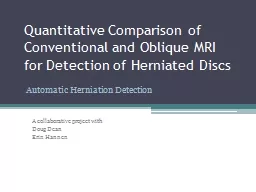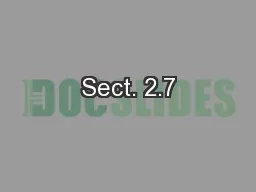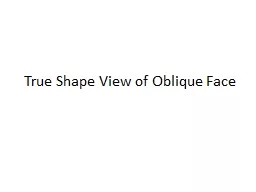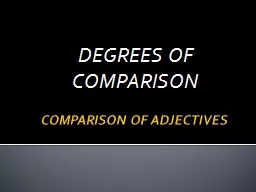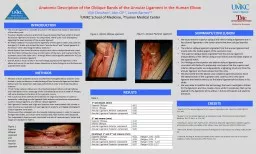PPT-Quantitative Comparison of Conventional and Oblique MRI for
Author : karlyn-bohler | Published Date : 2016-03-23
Automatic Herniation Detection A collaborative project with Doug Dean Erin Hannen Purpose Development of an algorithm for S egmentation of individual spinal
Presentation Embed Code
Download Presentation
Download Presentation The PPT/PDF document "Quantitative Comparison of Conventional ..." is the property of its rightful owner. Permission is granted to download and print the materials on this website for personal, non-commercial use only, and to display it on your personal computer provided you do not modify the materials and that you retain all copyright notices contained in the materials. By downloading content from our website, you accept the terms of this agreement.
Quantitative Comparison of Conventional and Oblique MRI for: Transcript
Download Rules Of Document
"Quantitative Comparison of Conventional and Oblique MRI for"The content belongs to its owner. You may download and print it for personal use, without modification, and keep all copyright notices. By downloading, you agree to these terms.
Related Documents

